Empower Your Future.
Plan to Thrive.
Plan for financial freedom and invest to get there.
Your Future.
Your Values.
Your Goals.
![]()
Your Goals
Your life is busy. Goals are challenging. Let us help you create a path to financial freedom that anticipates life events and that reflects how you would like to make an impact with your investments.
Your Values
We know investing for your future is highly personal. Ideally, your strategy should reflect your goals and your values. At Perigon, we believe you can have both. We provide clear, actionable advice for families and individuals navigating their path to financial freedom.
Because it shouldn’t be so hard to align your investments to reflect your values.
Working Together
Your challenges may be complex but starting a relationship with us is not. Here’s our process to get acquainted and getting started on your path to financial peace of mind.

Get to Know Each Other
Create Your Roadmap

Align Your Portfolio
What You Can Expect
Honesty and transparency are hallmarks of every good relationship. Here are a number of important things we would like you to know in advance about our investment approach, strategies, and compensation.

Who We Work With
Our mission is focused on helping people and organizations achieve financial peace of mind.
How We Help
Our team brings a collaborative approach to solving challenges and aligning investment and planning to help you thrive.

Executives
We help busy executives with tax planning around equity compensation; portfolio strategies for concentrated stock positions; review of compensation packages; and planning for career shifts.

Business Owners
We help business owners navigate liquidity events, develop tax-efficient income planning, confirm business valuation, and align income against liabilities.
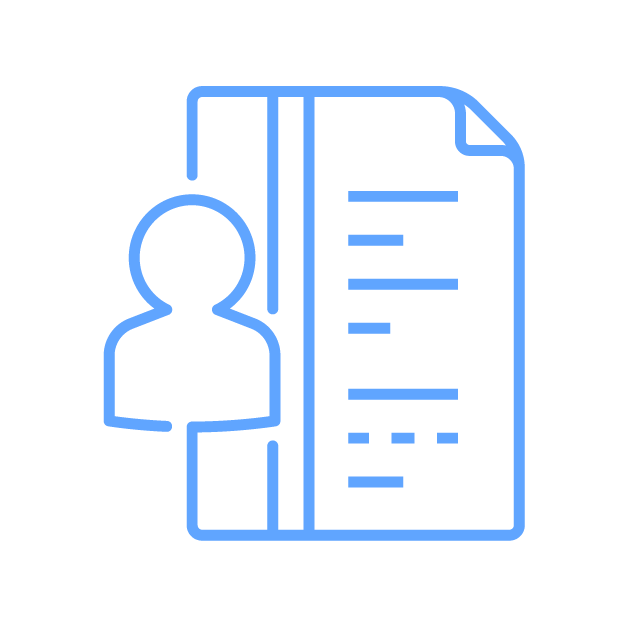
Individuals & Families
We help individuals and families develop smart strategies for education funding, charitable giving, estate and legacy planning, and retirement income. We also have expertise in life transitions such as career change, divorce, job loss, and death of a spouse.
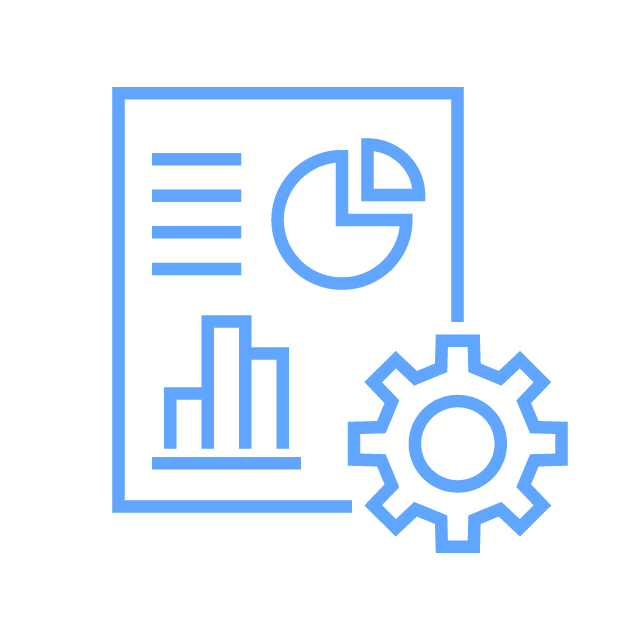
Financial Planning
We believe in holistic wealth management and work closely with you to optimize your income and budget, invest for retirement, save for college and work toward your financial goals.
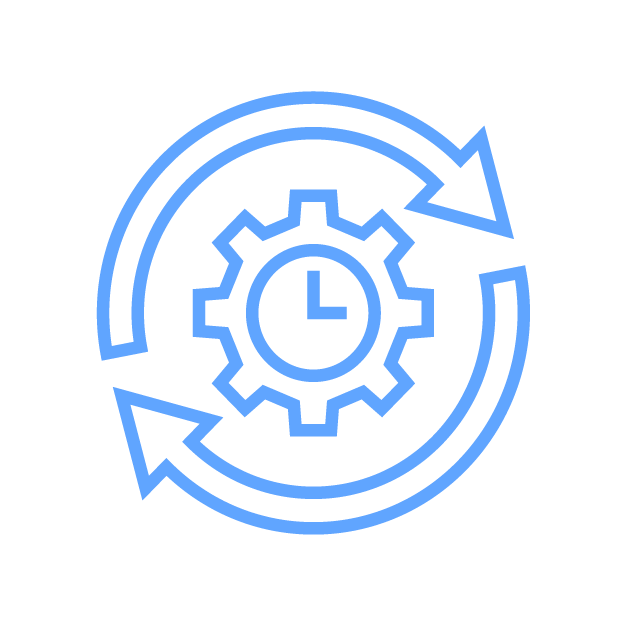
Investment Management
As an independent Registered Investment Advisor, we are agnostic with regards to investment selection. We choose investments that are in our clients’ best interest and align with their values.
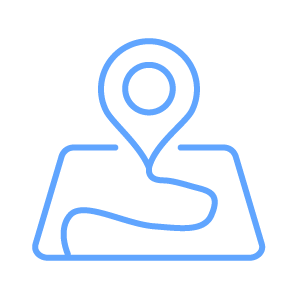
Navigating Life Changes
We help people navigate a wide range of life transitions, including career changes, divorce, empty nests, loss of a spouse, and health issues.
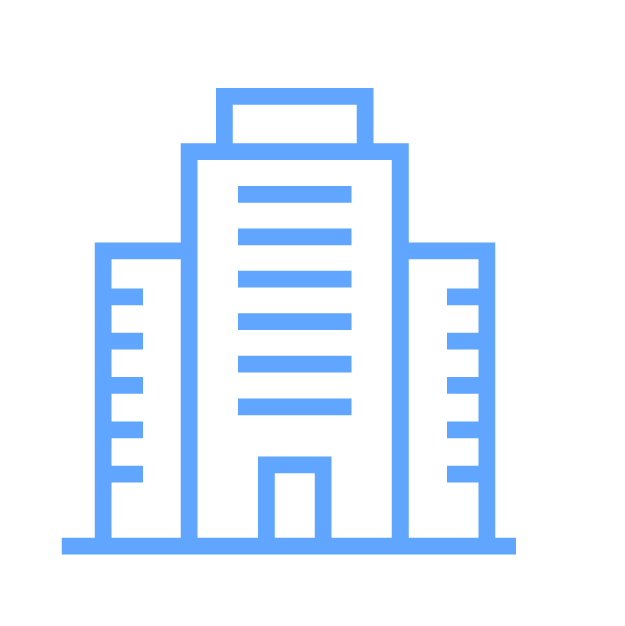
Organizations
We work with organizations to align their assets and investments with their organizational mission, ensuring that portfolios are invested according to liability and funding requirements.

Athletes
We work with your agents, tax advisors, and business managers to coordinate all issues protecting your capital and growing it for generational wealth.

Musicians & Entertainers
We work with your team to coordinate wealth management, insurance needs, and liquidity planning and have expertise in the sale of music property rights.

Career Advice
In today’s competitive talent market, compensation has become more complicated. We help clients analyze, compare and negotiate complex compensation and benefit packages.
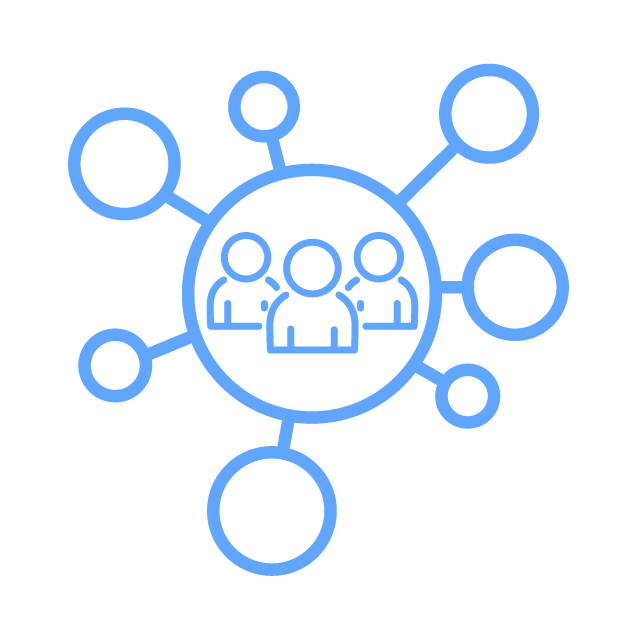
Complex Family Matters
Our deep expertise makes us a trusted partner for families seeking help with estate planning, long-term care guidance, legacy planning, family business succession, and charitable giving.

Retirement Planning
We’re here to help with all aspects of retirement planning: plan distribution, 401(k) investment selection, pension advice, Social Security benefit optimization, tax management, gifting, and real estate.
Who We Work With
Our mission is focused on helping people and organizations achieve financial peace of mind.

Executives

Business Owners

Individuals & Families

Organizations

Athletes

Musicians & Entertainers
How We Help
Our team brings a collaborative approach to solving challenges and aligning investment and planning to help you thrive.

Financial Planning

Investment Management

Navigating Life Changes

Career Advice

Complex Family Matters



